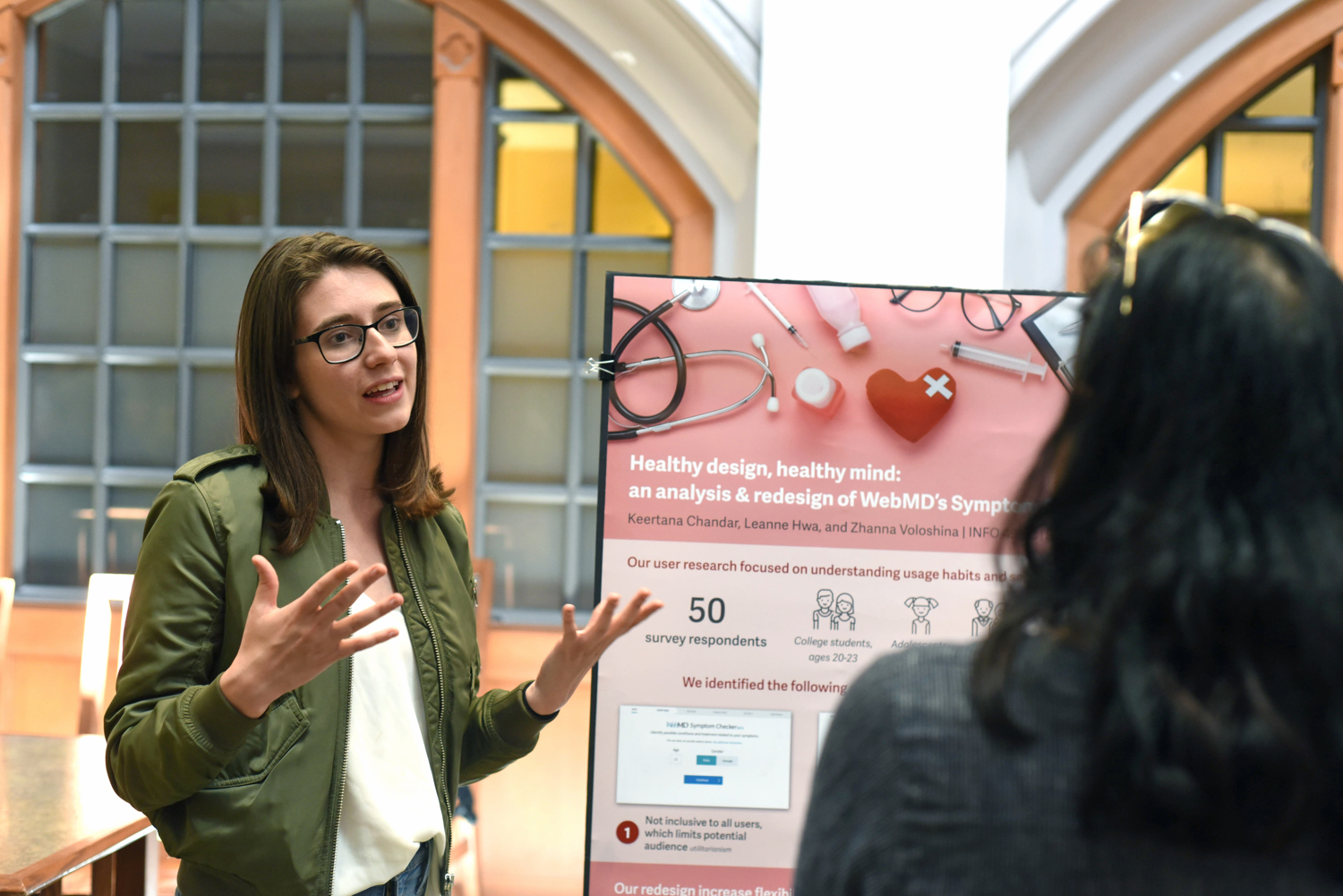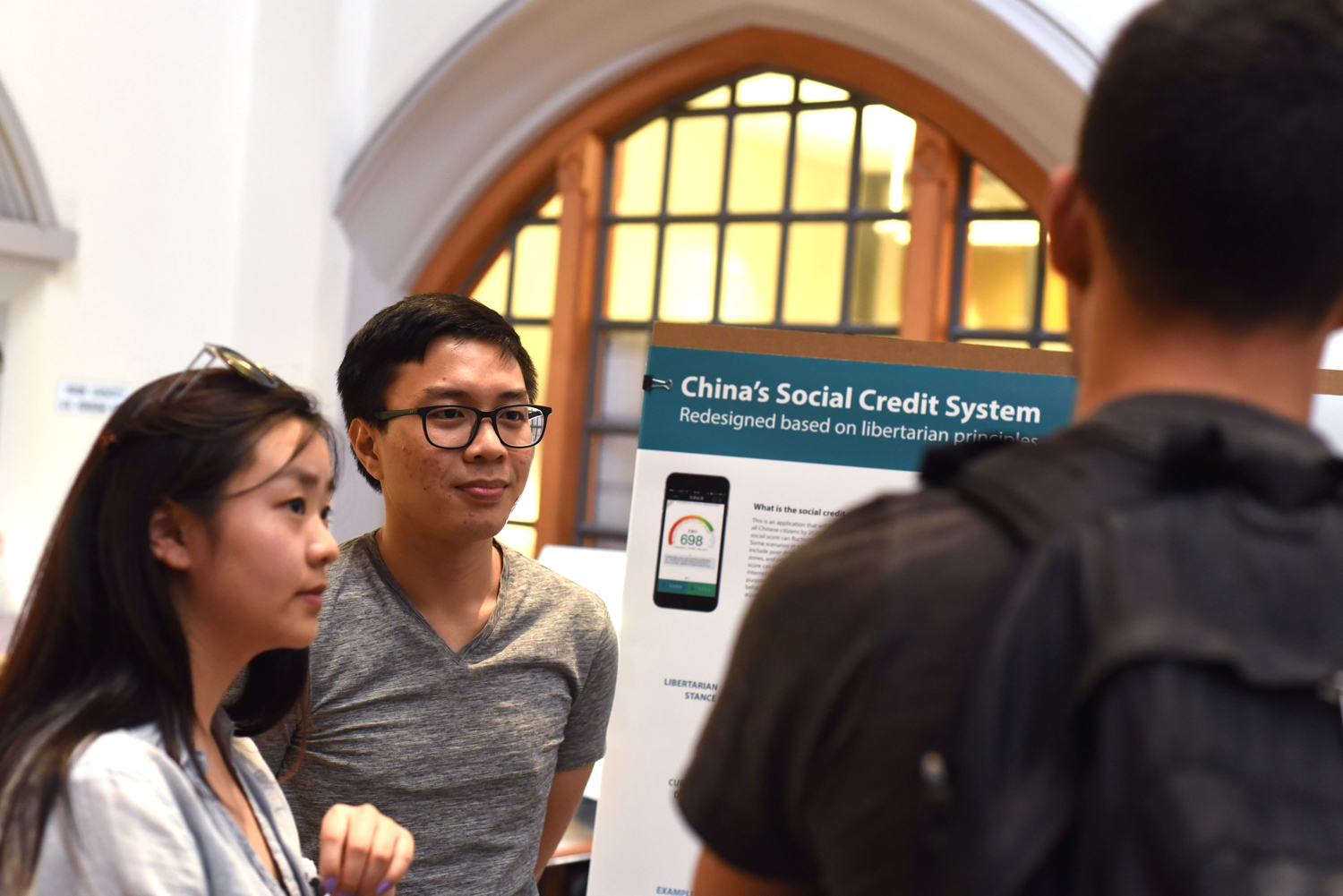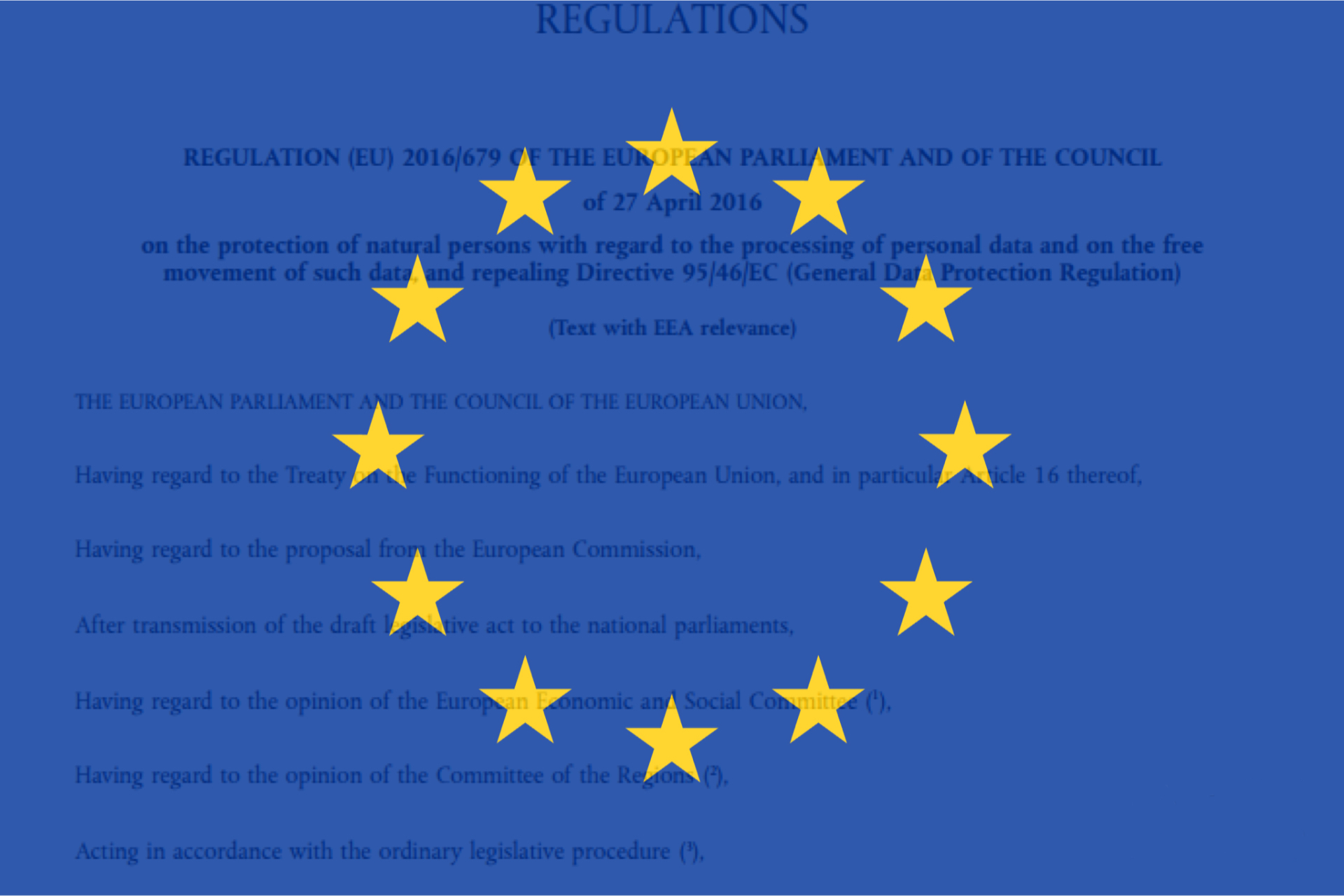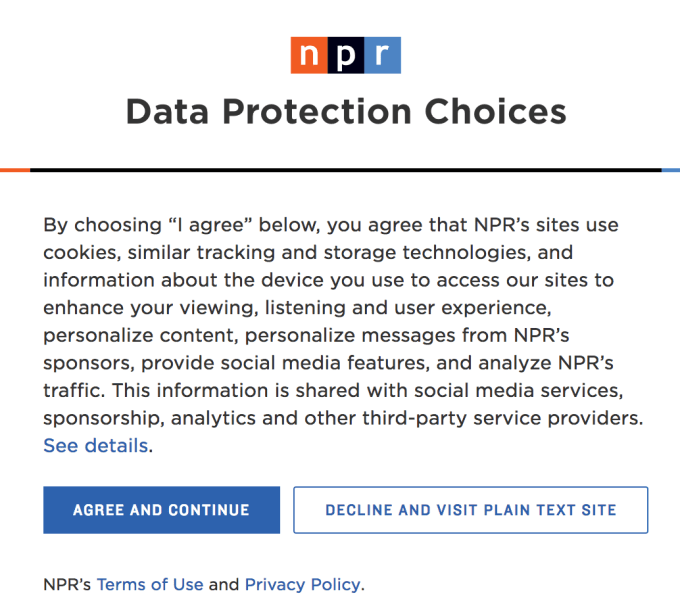Given all the hype and noise swirling around crypto and decentralized network projects, which runs the full gamut from scams and stupidity, to very clever and inspired ideas, the release of yet another whitepaper does not immediately set off an attention klaxon.
But this whitepaper — which details a new protocol for achieving consensus within a decentralized network — is worth paying more attention to than most.
MaidSafe, the team behind it, are also the literal opposite of fly-by-night crypto opportunists. They’ve been working on decentralized networking since long before the space became the hot, hyped thing it is now.
Their overarching mission is to engineer an entirely decentralized Internet which bakes in privacy, security and freedom of expression by design — the ‘Safe’ in their planned ‘Safe Network’ stands for ‘Secure access for everyone’ — meaning it’s encrypted, autonomous, self-organizing, self-healing. And the new consensus protocol is just another piece towards fulfilling that grand vision.
What’s consensus in decentralized networking terms? “Within decentralized networks you must have a way of the network agreeing on a state — such as can somebody access a file or confirming a coin transaction, for example — and the reason you need this is because you don’t have a central server to confirm all this to you,” explains MaidSafe’s COO Nick Lambert, discussing what the protocol is intended to achieve.
“So you need all these decentralized nodes all reaching agreement somehow on a state within the network. Consensus occurs by each of these nodes on the network voting and letting the network as a whole know what it thinks of a transaction.
“It’s almost like consensus could be considered the heart of the networks. It’s required for almost every event in the network.”
We wrote about MaidSafe’s alternative, server-less Internet in 2014. But they actually began work on the project in stealth all the way back in 2006. So they’re over a decade into the R&D at this point.
The network is p2p because it’s being designed so that data is locally encrypted, broken up into pieces and then stored distributed and replicated across the network, relying on the users’ own compute resources to stand in and take the strain. No servers necessary.
The prototype Safe Network is currently in an alpha testing stage (they opened for alpha in 2016). Several more alpha test stages are planned, with a beta release still a distant, undated prospect at this stage. But rearchitecting the entire Internet was clearly never going to be a day’s work.
MaidSafe also ran a multimillion dollar crowdsale in 2014 — for a proxy token of the coin that will eventually be baked into the network — and did so long before ICOs became a crypto-related bandwagon that all sorts of entities were jumping onto. The SafeCoin cryptocurrency is intended to operate as the inventive mechanism for developers to build apps for the Safe Network and users to contribute compute resource and thus bring MaidSafe’s distributed dream alive.
Their timing on the token sale front, coupled with prudent hodling of some of the Bitcoins they’ve raised, means they’re essentially in a position of not having to worry about raising more funds to build the network, according to Lambert.
A rough, back-of-an-envelope calculation on MaidSafe’s original crowdsale suggests, given they raised $2M in Bitcoin in April 2014 when the price for 1BTC was up to around $500, the Bitcoins they obtained then could be worth between ~$30M-$40M by today’s Bitcoin prices — though that would be assuming they held on to most of them. Bitcoin’s price also peaked far higher last year too.
As well as the token sale they also did an equity raise in 2016, via the fintech investment platform bnktothefuture, pulling in around $1.7M from that — in a mixture of cash and “some Bitcoin”.
“It’s gone both ways,” says Lambert, discussing the team’s luck with Bitcoin. “The crowdsale we were on the losing end of Bitcoin price decreasing. We did a raise from bnktothefuture in autumn of 2016… and fortunately we held on to quite a lot of the Bitcoin. So we rode the Bitcoin price up. So I feel like the universe paid us back a little bit for that. So it feels like we’re level now.”
“Fundraising is exceedingly time consuming right through the organization, and it does take a lot of time away from what you wants to be focusing on, and so to be in a position where you’re not desperate for funding is a really nice one to be in,” he adds. “It allows us to focus on the technology and releasing the network.”
The team’s headcount is now up to around 33, with founding members based at the HQ in Ayr, Scotland, and other engineers working remotely or distributed (including in a new dev office they opened in India at the start of this year), even though MaidSafe is still not taking in any revenue.
This April they also made the decision to switch from a dual licensing approach for their software — previously offering both an open source license and a commercial license (which let people close source their code for a fee) — to going only open source, to encourage more developer engagement and contributions to the project, as Lambert tells it.
“We always see the SafeNetwork a bit like a public utility,” he says. “In terms of once we’ve got this thing up and launched we don’t want to control it or own it because if we do nobody will want to use it — it needs to be seen as everyone contributing. So we felt it’s a much more encouraging sign for developers who want to contribute if they see everything is fully open sourced and cannot be closed source.”
MaidSafe’s story so far is reason enough to take note of their whitepaper.
But the consensus issue the paper addresses is also a key challenge for decentralized networks so any proposed solution is potentially a big deal — if indeed it pans out as promised.
Protocol for Asynchronous, Reliable, Secure and Efficient Consensus
MaidSafe reckons they’ve come up with a way of achieving consensus on decentralized networks that’s scalable, robust and efficient. Hence the name of the protocol — ‘Parsec’ — being short for: ‘Protocol for Asynchronous, Reliable, Secure and Efficient Consensus’.
They will be open sourcing the protocol under a GPL v3 license — with a rough timeframe of “months” for that release, according to Lambert.
He says they’ve been working on Parsec for the last 18 months to two years — but also drawing on earlier research the team carried out into areas such as conflict-free replicated data types, synchronous and asynchronous consensus, and topics such as threshold signatures and common coin.
More specifically, the research underpinning Parsec is based on the following five papers: 1. Baird L. The Swirlds Hashgraph Consensus Algorithm: Fair, Fast, Byzantine Fault Tolerance, Swirlds Tech Report SWIRLDS-TR-2016-01 (2016); 2. Mostefaoui A., Hamouna M., Raynal M. Signature-Free Asynchronous Byzantine Consensus with t <n/3 and O(n 2 ) Messages, ACM PODC (2014); 3. Micali S. Byzantine Agreement, Made Trivial, (2018); 4. Miller A., Xia Y., Croman K., Shi E., Song D. The Honey Badger of BFT Protocols, CCS (2016); 5. Team Rocket Snowflake to Avalanche: A Novel Metastable Consensus Protocol Family for Cryptocurrencies, (2018).
One tweet responding to the protocol’s unveiling just over a week ago wonders whether it’s too good to be true. Time will tell — but the potential is certainly enticing.
Bitcoin’s use of a drastically energy-inefficient ‘proof of work’ method to achieve consensus and write each transaction to its blockchain very clearly doesn’t scale. It’s slow, cumbersome and wasteful. And how to get blockchain-based networks to support the billions of transactions per second that might be needed to sustain the various envisaged applications remains an essential work in progress — with projects investigating various ideas and approaches to try to overcome the limitation.
MaidSafe’s network is not blockchain-based. It’s engineered to function with asynchronous voting of nodes, rather than synchronous voting, which should avoid the bottleneck problems associated with blockchain. But it’s still decentralized. So it needs a consensus mechanism to enable operations and transactions to be carried out autonomously and robustly. That’s where Parsec is intended to slot in.
The protocol does not use proof of work. And is able, so the whitepaper claims, to achieve consensus even if a third of the network is comprised of malicious nodes — i.e. nodes which are attempting to disrupt network operations or otherwise attack the network.
Another claimed advantage is that decisions made via the protocol are both mathematically guaranteed and irreversible.
“What Parsec does is it can reach consensus even with malicious nodes. And up to a third of the nodes being malicious is what the maths proofs suggest,” says Lambert. “This ability to provide mathematical guarantees that all parts of the network will come to the same agreement at a point in time, even with some fault in the network or bad actors — that’s what Byzantine Fault Tolerance is.”
In theory a blockchain using proof of work could be hacked if any one entity controlled 51% of the nodes on the network (although in reality it’s likely that such a large amount of energy would be required it’s pretty much impractical).
So on the surface MaidSafe’s decentralized network — which ‘only’ needs 33% of its nodes to be compromised for its consensus decisions to be attacked — sounds rather less robust. But Lambert says it’s more nuanced than the numbers suggest. And in fact the malicious third would also need to be nodes that have the authority to vote. “So it is a third but it’s a third of well reputed nodes,” as he puts it.
So there’s an element of proof of stake involved too, bound up with additional planned characteristics of the Safe Network — related to dynamic membership and sharding (Lambert says MaidSafe has additional whitepapers on both those elements coming soon).
“Those two papers, particularly the one around dynamic membership, will explain why having a third of malicious nodes is actually harder than just having 33% of malicious nodes. Because the nodes that can vote have to have a reputation as well. So it’s not just purely you can flood the Safe Network with lots and lots of malicious nodes and override it only using a third of the nodes. What we’re saying is the nodes that can vote and actually have a say must have a good reputation in the network,” he says.
“The other thing is proof of stake… Everyone is desperate to move away from proof of work because of its environmental impact. So proof of stake — I liken it to the Scottish landowners, where people with a lot of power have more say. In the cryptocurrency field, proof of stake might be if you have, let’s say, 10 coins and I have one coin your vote might be worth 10x as much authority as what my one coin would be. So any of these mechanisms that they come up with it has that weighting to it… So the people with the most vested interests in the network are also given the more votes.”
Sharding refers to closed groups that allow for consensus votes to be reached by a subset of nodes on a decentralized network. By splitting the network into small sections for consensus voting purposes the idea is you avoid the inefficiencies of having to poll all the nodes on the network — yet can still retain robustness, at least so long as subgroups are carefully structured and secured.
“If you do that correctly you can make it more secure and you can make things much more efficient and faster,” says Lambert. “Because rather than polling, let’s say 6,000 nodes, you might be polling eight nodes. So you can get that information back quickly.
“Obviously you need to be careful about how you do that because with much less nodes you can potentially game the network so you need to be careful how you secure those smaller closed groups or shards. So that will be quite a big thing because pretty much every crypto project is looking at sharding to make, certainly, blockchains more efficient. And so the fact that we’ll have something coming out in that, after we have the dynamic membership stuff coming out, is going to be quite exciting to see the reaction to that as well.”
Voting authority on the Safe Network might be based on a node’s longevity, quality and historical activity — so a sort of ‘reputation’ score (or ledger) that can yield voting rights over time.
“If you’re like that then you will have a vote in these closed groups. And so a third of those votes — and that then becomes quite hard to game because somebody who’s then trying to be malicious would need to have their nodes act as good corporate citizens for a time period. And then all of a sudden become malicious, by which time they’ve probably got a vested stake in the network. So it wouldn’t be possible for someone to just come and flood the network with new nodes and then be malicious because it would not impact upon the network,” Lambert suggests.
The computing power that would be required to attack the Safe Network once it’s public and at scale would also be “really, really significant”, he adds. “Once it gets to scale it would be really hard to co-ordinate anything against it because you’re always having to be several hundred percent bigger than the network and then have a co-ordinated attack on it itself. And all of that work might get you to impact the decision within one closed group. So it’s not even network wide… And that decision could be on who accesses one piece of encrypted shard of data for example… Even the thing you might be able to steal is only an encrypted shard of something — it’s not even the whole thing.”
Other distributed ledger projects are similarly working on Asynchronous Byzantine Fault Tolerant (AFBT) consensus models, including those using directed acrylic graphs (DAGs) — another nascent decentralization technology that’s been suggested as an alternative to blockchain.
And indeed AFBT techniques predate Bitcoin, though MaidSafe says these kind of models have only more recently become viable thanks to research and the relative maturing of decentralized computing and data types, itself as a consequence of increased interest and investment in the space.
However in the case of Hashgraph — the DAG project which has probably attracted the most attention so far — it’s closed source, not open. So that’s one major difference with MaidSafe’s approach.
Another difference that Lambert points to is that Parsec has been built to work in a dynamic, permissionless network environment (essential for the intended use-case, as the Safe Network is intended as a public network). Whereas he claims Hashgraph has only demonstrated its algorithms working on a permissioned (and therefore private) network “where all the nodes are known”.
He also suggests there’s a question mark over whether Hashgraph’s algorithm can achieve consensus when there are malicious nodes operating on the network. Which — if true — would limit what it can be used for.
“The Hashgraph algorithm is only proven to reach agreement if there’s no adversaries within the network,” Lambert claims. “So if everything’s running well then happy days, but if there’s any maliciousness or any failure within that network then — certainly on the basis of what’s been published — it would suggest that that algorithm was not going to hold up to that.”
“I think being able to do all of these things asynchronously with all of the mathematical guarantees is very difficult,” he continues, returning to the core consensus challenge. “So at the moment we see that we have come out with something that is unique, that covers a lot of these bases, and is a very good use for our use-case. And I think will be useful for others — so I think we like to think that we’ve made a paradigm shift or a vast improvement over the state of the art.”
Paradigm shift vs marginal innovation
Despite the team’s conviction that, with Parsec, they’ve come up with something very notable, early feedback includes some very vocal Twitter doubters.
For example there’s a lengthy back-and-forth between several MaidSafe engineers and Ethereum researcher Vlad Zamfir — who dubs the Parsec protocol “overhyped” and a “marginal innovation if that”… so, er, ouch.
Lambert is, if not entirely sanguine, then solidly phlegmatic in the face of a bit of initial Twitter blowback — saying he reckons it will take more time for more detailed responses to come, i.e. allowing for people to properly digest the whitepaper.
“In the world of async BFT algorithms, any advance is huge,” MaidSafe CEO David Irvine also tells us when we ask for a response to Zamfir’s critique. “How huge is subjective, but any advance has to be great for the world. We hope others will advance Parsec like we have built on others (as we clearly state and thank them for their work). So even if it was a marginal development (which it certainly is not) then I would take that.”
“All in all, though, nothing was said that took away from the fact Parsec moves the industry forward,” he adds. “I felt the comments were a bit juvenile at times and a bit defensive (probably due to us not agreeing with POS in our Medium post) but in terms of the only part commented on (the coin flip) we as a team feel that part could be much more concrete in terms of defining exactly how small such random (finite) delays could be. We know they do not stop the network and a delaying node would be killed, but for completeness, it would be nice to be that detailed.”
A developer source of our own in the crypto/blockchain space — who’s not connected to the MaidSafe or Ethereum projects — also points out that Parsec “getting objective review will take some time given that so many potential reviewers have vested interest in their own project/coin”.
It’s certainly fair to say the space excels at public spats and disagreements. Researchers pouring effort into one project can be less than kind to rivals’ efforts. (And, well, given all the crypto Lambos at stake it’s not hard to see why there can be no love lost — and, ironically, zero trust — between competing champions of trustless tech.)
Another fundamental truth of these projects is they’re all busily experimenting right now, with lots of ideas in play to try and fix core issues like scalability, efficiency and robustness — often having different ideas over implementation even if rival projects are circling and/or converging on similar approaches and techniques.
“Certainly other projects are looking at sharding,” says Lambert. “So I know that Ethereum are looking at sharding. And I think Bitcoin are looking at that as well, but I think everyone probably has quite different ideas about how to implement it. And of course we’re not using a blockchain which makes that another different use-case where Ethereum and Bitcoin obviously are. But everyone has — as with anything — these different approaches and different ideas.”
“Every network will have its own different ways of doing [consensus],” he adds when asked whether he believes Parsec could be adopted by other projects wrestling with the consensus challenge. “So it’s not like some could lift [Parsec] out and just put it in. Ethereum is blockchain-based — I think they’re looking at something around proof of stake, but maybe they could take some ideas or concepts from the work that we’re open sourcing for their specific case.
“If you get other blockchain-less networks like IOTA, Byteball, I think POA is another one as well. These other projects it might be easier for them to implement something like Parsec with them because they’re not using blockchain. So maybe less of that adaption required.”
Whether other projects will deem Parsec worthy of their attention remains to be seen at this point with so much still to play for. Some may prefer to expend effort trying to rubbish a rival approach, whose open source tech could, if it stands up to scrutiny and operational performance, reduce the commercial value of proprietary and patented mechanisms also intended to grease the wheels of decentralized networks — for a fee.
And of course MaidSafe’s developed-in-stealth consensus protocol may also turn out to be a relatively minor development. But finding a non-vested expert to give an impartial assessment of complex network routing algorithms conjoined to such a self-interested and, frankly, anarchical industry is another characteristic challenge of the space.
Irvine’s view is that DAG based projects which are using a centralized component will have to move on or adopt what he dubs “state of art” asynchronous consensus algorithms — as MaidSafe believes Parsec is — aka, algorithms which are “more widely accepted and proven”.
“So these projects should contribute to the research, but more importantly, they will have to adopt better algorithms than they use,” he suggests. “So they can play an important part, upgrades! How to upgrade a running DAG based network? How to had fork a graph? etc. We know how to hard fork blockchains, but upgrading DAG based networks may not be so simple when they are used as ledgers.
“Projects like Hashgraph, Algorand etc will probably use an ABFT algorithm like this as their whole network with a little work for a currency; IOTA, NANO, Bytball etc should. That is entirely possible with advances like Parsec. However adding dynamic membership, sharding, a data layer then a currency is a much larger proposition, which is why Parsec has been in stealth mode while it is being developed.
“We hope that by being open about the algorithm, and making the code open source when complete, we will help all the other projects working on similar problems.”
Of course MaidSafe’s team might be misguided in terms of the breakthrough they think they’ve made with Parsec. But it’s pretty hard to stand up the idea they’re being intentionally misleading.
Because, well, what would be the point of that? While the exact depth of MaidSafe’s funding reserves isn’t clear, Lambert doesn’t sound like a startup guy with money worries. And the team’s staying power cannot be in doubt — over a decade into the R&D needed to underpin their alt network.
It’s true that being around for so long does have some downsides, though. Especially, perhaps, given how hyped the decentralized space has now become. “Because we’ve been working on it for so long, and it’s been such a big project, you can see some negative feedback about that,” as Lambert admits.
And with such intense attention now on the space, injecting energy which in turn accelerates ideas and activity, there’s perhaps extra pressure on a veteran player like MaidSafe to be seen making a meaningful contribution — ergo, it might be tempting for the team to believe the consensus protocol they’ve engineered really is a big deal.
To stand up and be counted amid all the noise, as it were. And to draw attention to their own project — which needs lots of external developers to buy into the vision if it’s to succeed, yet, here in 2018, it’s just one decentralization project among so many.
The Safe Network roadmap
Consensus aside, MaidSafe’s biggest challenge is still turning the sizable amount of funding and resources the team’s ideas have attracted to date into a bona fide alternative network that anyone really can use. And there’s a very long road to travel still on that front, clearly.
The Safe Network is in alpha 2 testing incarnation (which has been up and running since September last year) — consisting of around a hundred nodes that MaidSafe is maintaining itself.
The core decentralization proposition of anyone being able to supply storage resource to the network via lending their own spare capacity is not yet live — and won’t come fully until alpha 4.
“People are starting to create different apps against that network. So we’ve seen Jams — a decentralized music player… There are a couple of storage style apps… There is encrypted email running as well, and also that is running on Android,” says Lambert. “And we have a forked version of the Beaker browser — that’s the browser that we use right now. So if you can create websites on the Safe Network, which has its own protocol, and if you want to go and view those sites you need a Safe browser to do that, so we’ve also been working on our own browser from scratch that we’ll be releasing later this year… So there’s a number of apps that are running against that alpha 2 network.
“What alpha 3 will bring is it will run in parallel with alpha 2 but it will effectively be a decentralized routing network. What that means is it will be one for more technical people to run, and it will enable data to be passed around a network where anyone can contribute their resources to it but it will not facilitate data storage. So it’ll be a command line app, which is probably why it’ll suit technical people more because there’ll be no user interface for it, and they will contribute their resources to enable messages to be passed around the network. So secure messaging would be a use-case for that.
“And then alpha 4 is effectively bringing together alpha 2 and alpha 3. So it adds a storage layer on top of the alpha 3 network — and at that point it gives you the fully decentralized network where users are contributing their resources from home and they will be able to store data, send messages and things of that nature. Potentially during alpha 4, or a later alpha, we’ll introduce test SafeCoin. Which is the final piece of the initial puzzle to provide incentives for users to provide resources and for developers to make apps. So that’s probably what the immediate roadmap looks like.”
On the timeline front Lambert won’t be coaxed into fixing any deadlines to all these planned alphas. They’ve long ago learnt not to try and predict the pace of progress, he says with a laugh. Though he does not question that progress is being made.
“These big infrastructure projects are typically only government funded because the payback is too slow for venture capitalists,” he adds. “So in the past you had things like Arpanet, the precursor to the Internet — that was obviously a US government funded project — and so we’ve taken on a project which has, not grown arms and legs, but certainly there’s more to it than what was initially thought about.
“So we are almost privately funding this infrastructure. Which is quite a big scope, and I will say why it’s taking a bit of time. But we definitely do seem to be making lots of progress.”



 China’s “social credit” system is not actually, the students argued, absolutely unethical — that judgment involves a certain amount of cultural bias. But I’m comfortable putting it here because of the massive ethical questions it has sidestepped and dismissed on the road to deployment. Their highly practical suggestions, however, were focused on making the system more accountable and transparent. Contest reports of behavior, see what types of things have contributed to your own score, see how it has changed over time, and so on.
China’s “social credit” system is not actually, the students argued, absolutely unethical — that judgment involves a certain amount of cultural bias. But I’m comfortable putting it here because of the massive ethical questions it has sidestepped and dismissed on the road to deployment. Their highly practical suggestions, however, were focused on making the system more accountable and transparent. Contest reports of behavior, see what types of things have contributed to your own score, see how it has changed over time, and so on.

